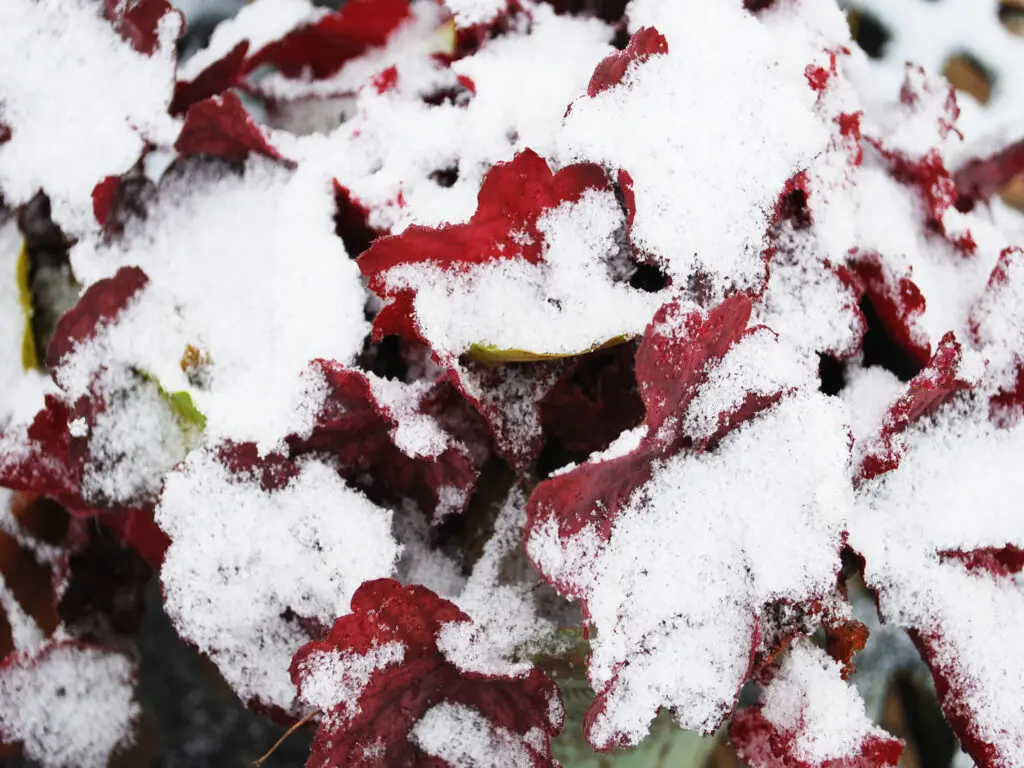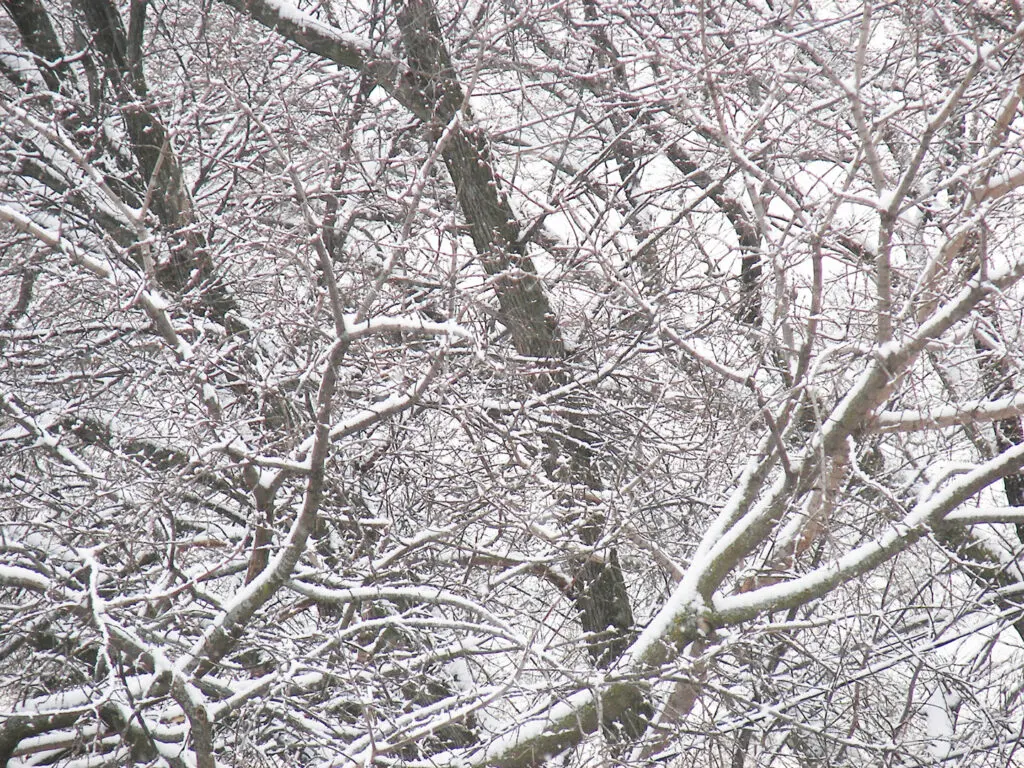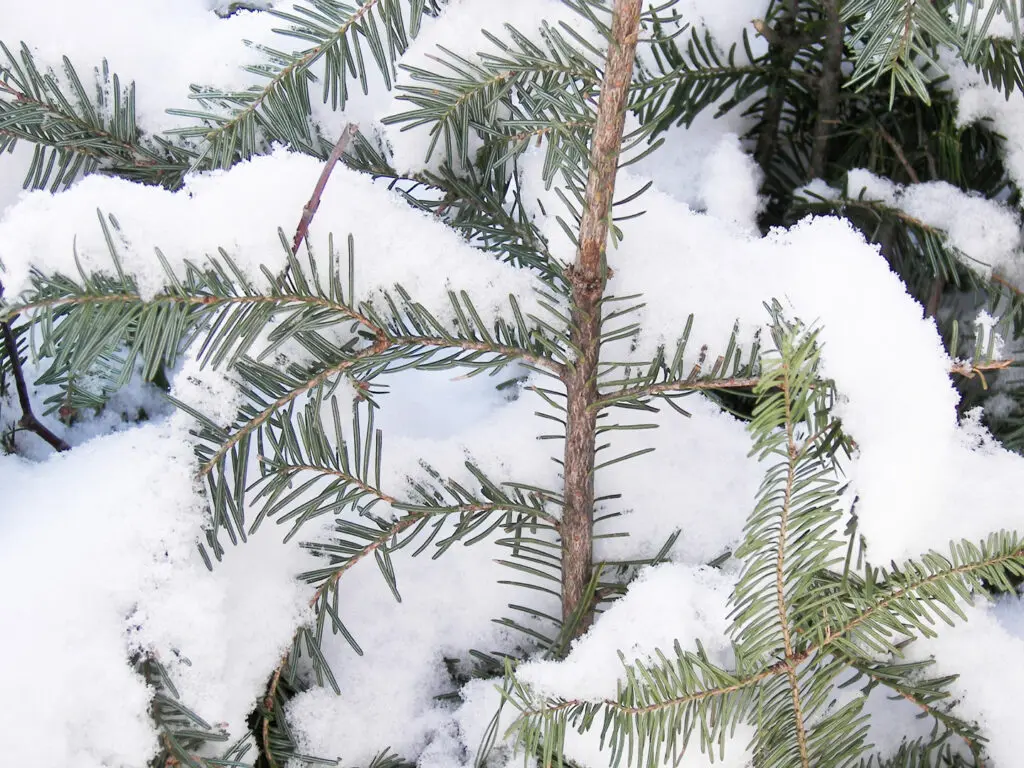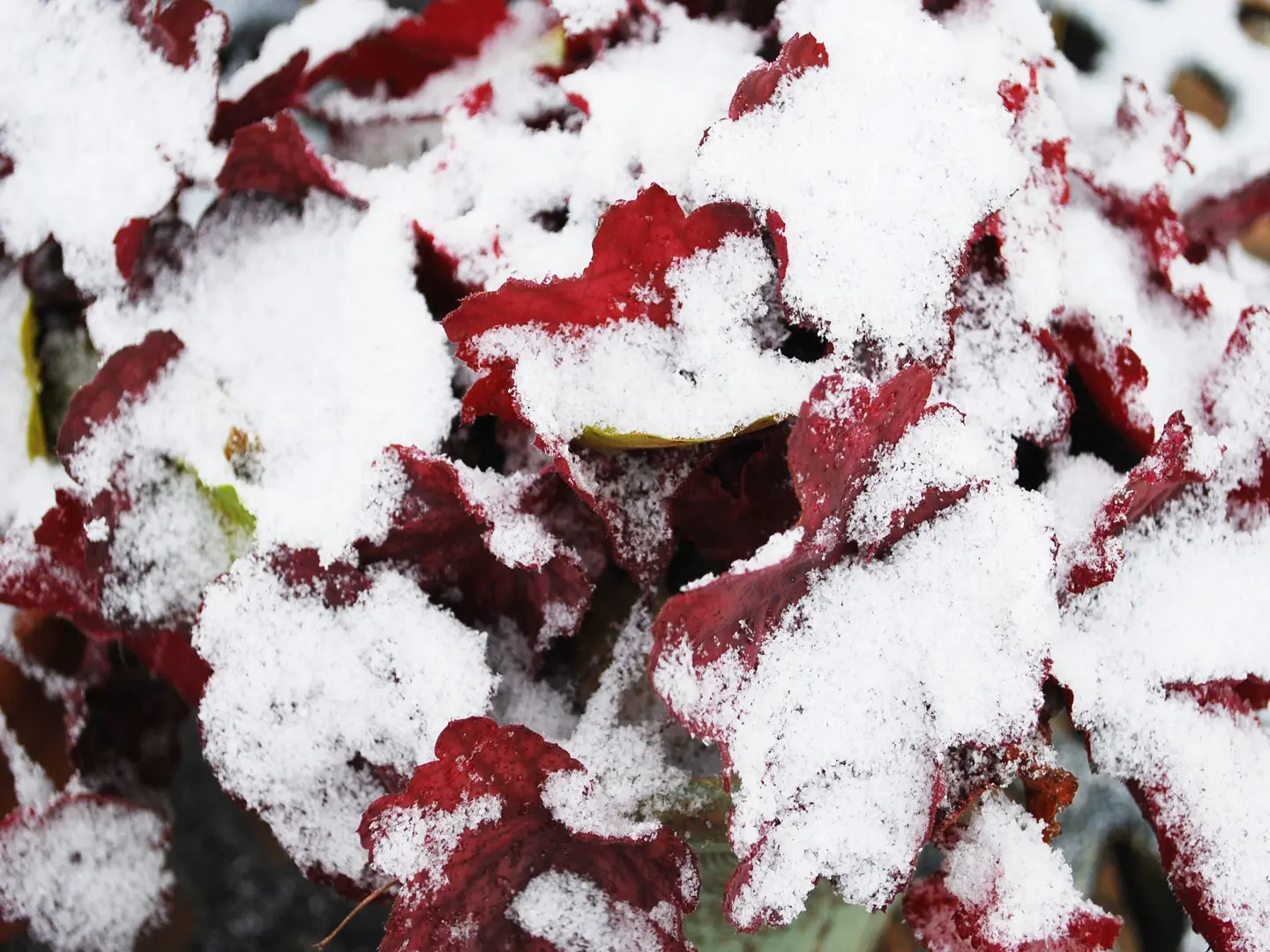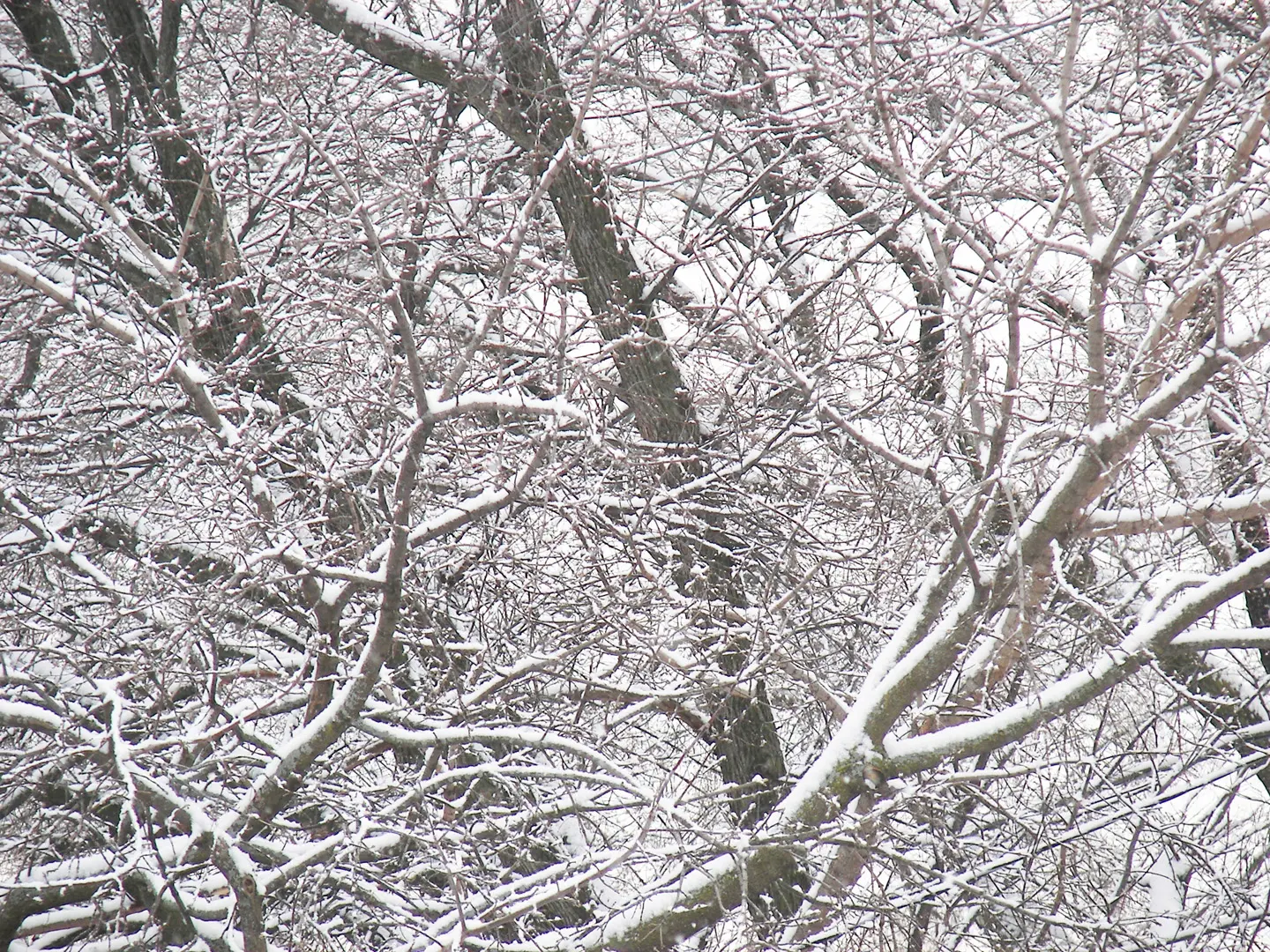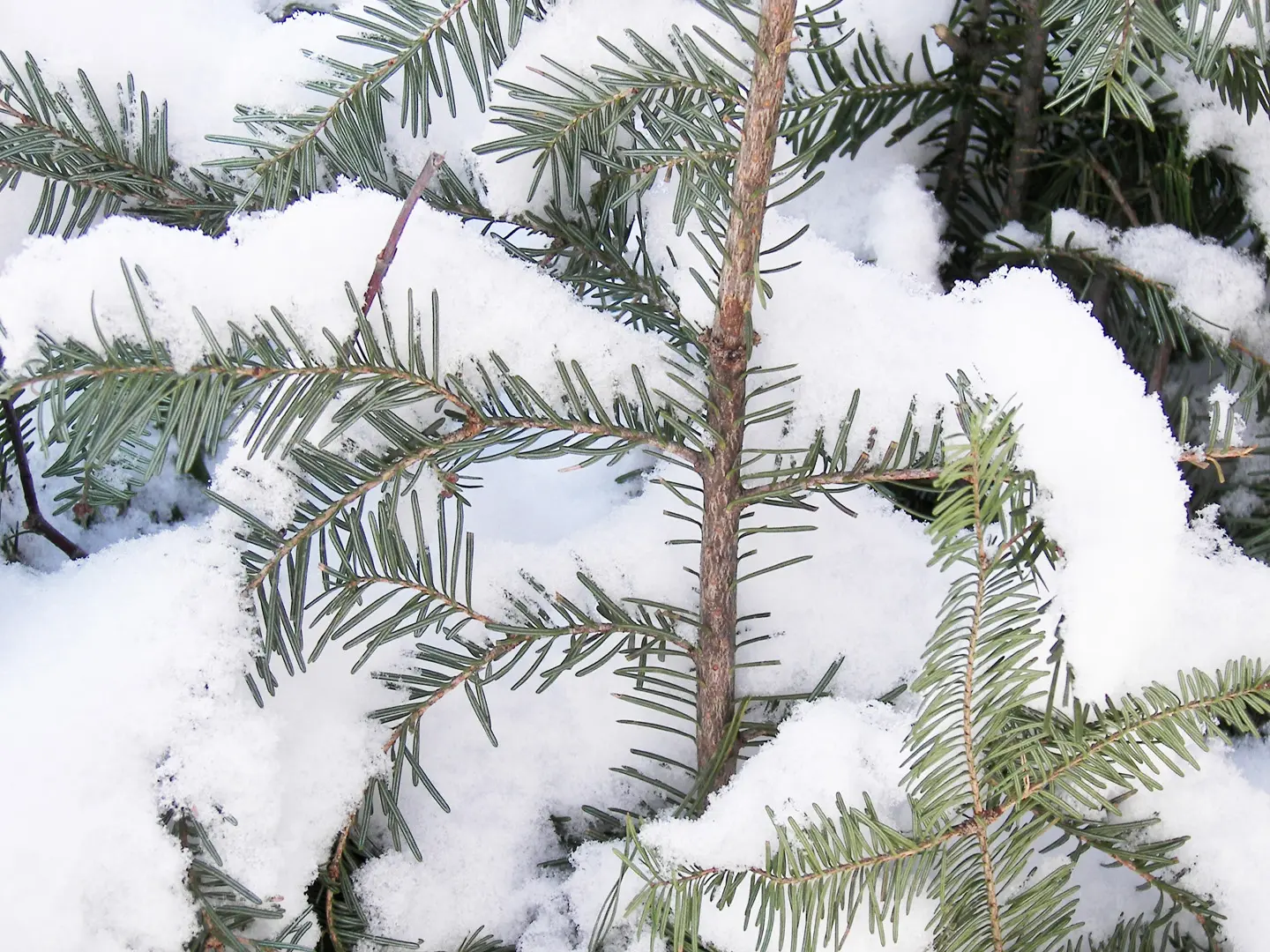Lilly of the valley, May birth flower
Lily of the valley (Convallaria majalis) is an old-fashioned perennial. It blooms in spring with small bell-shaped blooms that have a very perfume like fragrance. Bloom colors can range from white to pale pink. Another common name for this plant is May bells. Botanically this is not a true lily but is actually a member of the Asparagaceae family which includes asparagus.
The foliage can be solid dark green or variegated. Old fashioned white blooming varieties get about 6-8 inches tall. Some newer varieties can get up to 12 inches tall.
The plant likes cool temps and rich moist soils. When established can be quite drought tolerant, although leaf die back will occur with drier soils and hot summers. If the leaves die back in summer don’t worry, it will come back the following spring. This is one tough plant with some pros and cons to take into account before planting.
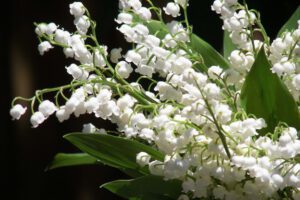
Pros: It makes a great ground cover for shady spots. Partial shade is best and it will grow in full shade but with less blooms. It is deer and rabbit tolerant. It will grow under trees. The blooms last about 2 weeks. With adequate moisture the plant will keep its green leaves for the rest of the season.
Cons: The plant is aggressive (although some varieties are less aggressive than others) but all will spread. In many areas they are considered invasive. They have a dense root system and can quickly go into your lawn and other gardens beds. Once that happens, they are VERY difficult to eliminate.
Lily of the Valley is also toxic to animals and humans. All parts of the plant are poisonous. Wash your hands after cutting the flowers. There are concerns that the water the cut blooms are placed in can pick up some toxicity as well. Keep these plants away from children and pets. To deal with the invasiveness of this plant I strongly recommend containing the plant in the garden bed. To do this take a heavy-duty plastic container that is at least 10-12 inches deep. Make sure there are drainage holes in the bottom of the container or cut off the bottom. Sink the container in the ground and leave an inch or so sticking up out of the ground. Plant the lily of the valley in the container. The plants will spread to fill the contained space. When the plants have maxed out the space dig them out, remove half of them, then replant. This will keep them in check and you’ll be able to enjoy the fragrant blooms each year.

